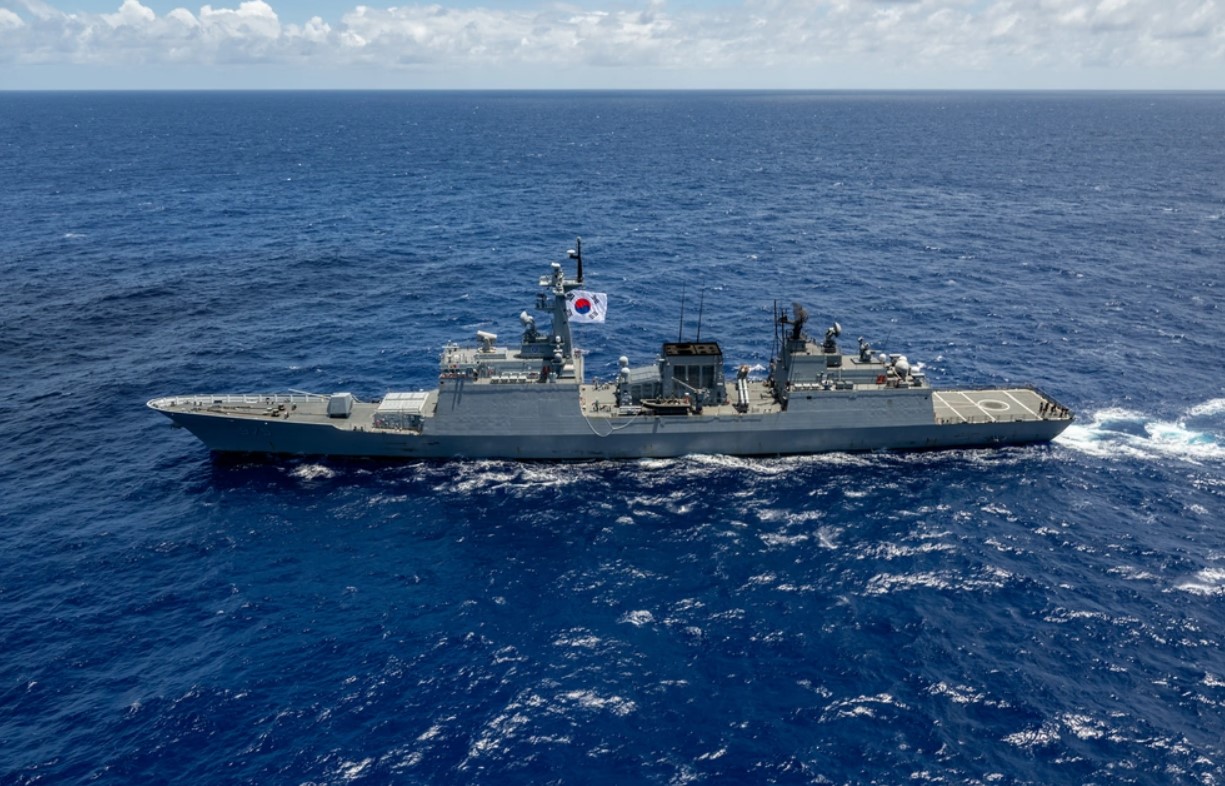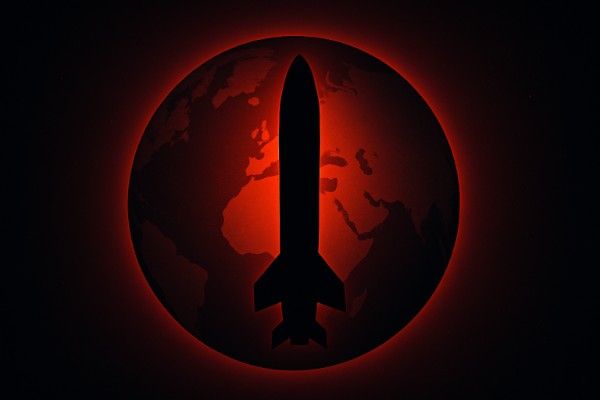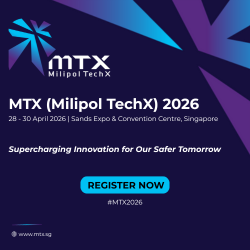South Korea’s navy faces a paradox. As the Republic of Korea Navy (ROKN) commissions increasingly advanced vessels—Aegis destroyers and submarines—it must do so with a shrinking pool of sailors. The country’s demographic crisis is no longer an abstract statistic; it is beginning to reshape the foundations of military planning.
In an era when ship automation and artificial intelligence are redefining maritime warfare, South Korea’s naval transformation may hinge less on fleet tonnage and more on how technology compensates for declining manpower.
Table of Contents
ToggleThe Demographic Dilemma
South Korea’s demographic contraction is among the most severe in the developed world. According to government data, the number of men reaching conscription age will fall by more than 50 percent by 2040. That decline will affect every branch of the armed forces, but the Navy may feel the squeeze first.
Unlike ground forces, where reserve systems can supplement active units, naval operations require highly trained specialists in propulsion, electronics, weapons systems, and command-and-control. A large Aegis destroyer typically needs a crew in the low hundreds, whereas the KSS-III submarine demands about 50 trained submariners. The pipeline for such personnel cannot be accelerated without risk to readiness and safety.
Within the ROKN, this challenge has triggered intense debate. How can South Korea sustain an expanding fleet with fewer sailors? How can it maintain blue-water ambitions—stretching from the East Sea to the South China Sea—when the human element is in short supply?
Turning Toward Automation and MUM-T
The answer emerging from both policymakers and defense industry leaders is clear: automation, autonomy, and Manned-Unmanned Teaming (MUM-T).
MUM-T allows crewed ships to operate in tandem with unmanned surface or underwater vehicles, multiplying operational reach without multiplying crew requirements. The concept has long been tested in aviation, but its maritime application has gained momentum as naval technologies mature.
For South Korea, MUM-T aligns with broader defense modernization priorities. The Defense Acquisition Program Administration (DAPA) and the Agency for Defense Development (ADD) initiated development programs for unmanned maritime systems (USVs/UUVs) and is concurrently developing tactical data-link systems such as Link-22; the integration of those unmanned maritime assets into the wider combat network via those links is an intended objective rather than a fully proven, operational fielding. The ROK Navy is developing a future fleet concept that envisions distributed maritime operations combining manned and unmanned platforms, in which USVs and UUVs will undertake missions such as surveillance, mine-countermeasures and potentially anti-submarine roles under networked and AI-supported command architectures.
Such systems could dramatically alter the Navy’s manpower calculus. By delegating hazardous and routine missions to autonomous platforms, a single crewed vessel could coordinate the functions of an entire micro-fleet.
Industry Response: The Smart Battleship Concept
South Korea’s defense industry has responded rapidly. Hanwha Systems has become a leading example through its development of the Smart Battleship—a next-generation Offshore Patrol Vessel (OPV) integrating automation, AI, and remote operation into nearly every system.
The proposed OPV, roughly 2,400 tons in displacement and 91 meters in length, operates with a crew of just 34 people, less than half of comparable ships abroad. Its integrated combat management system automates propulsion control, surveillance sensors, damage management, and weapons operation. AI-enabled data fusion allows faster decision-making while reducing cognitive load on human operators.
This level of automation could make OPVs viable for persistent patrols and peacetime missions without straining the navy’s human resources. It also offers export potential: smaller navies facing similar manpower and cost constraints in Southeast Asia and the Middle East have shown growing interest in such “lean-crew” ships.
Hanwha’s concept fits a broader industrial movement. Hyundai Heavy Industries and LIG Nex1 are investing in AI-assisted navigation, predictive maintenance, and autonomous swarm control for USVs. Meanwhile, Hanwha Ocean has unveiled a next-generation submarine concept featuring AI-enabled automated operations and a smart bridge designed to reduce crew workload and manual input in control systems. Together, these efforts point toward a systemic transformation of South Korean shipbuilding—from hardware-centric production to software-driven maritime ecosystems.
Doctrinal and Operational Shifts
Technological transformation, however, requires doctrinal adaptation. The ROK Navy’s traditional structure is platform-centric—focused on ship classes and fleet tonnage. The emerging era demands a network-centric doctrine that values data integration, distributed lethality, and cross-domain coordination.
Operating AI-enabled vessels introduces new challenges. Human-machine trust must be built through rigorous testing and training. Cybersecurity becomes a front-line concern; an adversary who compromises an autonomous system could cripple an entire task group. Maintenance regimes will need to evolve to accommodate sensors, algorithms, and digital twins as much as engines and hulls.
Training pipelines must also adapt. The navy will need fewer conventional technicians but more operators versed in coding, data analysis, and AI ethics. A sailor’s workstation on a future ROKN ship may look more like a control room for a satellite network than a traditional bridge.
International comparisons offer insight. The U.S. Navy’s Ghost Fleet Overlord Unmanned Surface Vessel program, and the Australia’s Optionally-Manned Surface Vessels (LOSV) initiative all demonstrate the complexities of blending autonomy with legacy command structures. South Korea, with its compact geography and technologically advanced industry, could integrate lessons faster than most—if institutional inertia does not slow the process.
Strategic Implications for the Indo-Pacific
Automation at sea is not merely a domestic adaptation; it carries strategic significance for the Indo-Pacific.
China’s People’s Liberation Army Navy (PLAN) now deploys over 370 combat vessels, many equipped with unmanned and electronic-warfare systems. North Korea, though far less advanced, continues to experiment with autonomous underwater delivery vehicles and unmanned surface craft. In this environment, South Korea’s transition toward smart naval power is essential to maintaining deterrence and interoperability with allies.
Smart OPVs and unmanned patrol craft can monitor sea lanes, protect Exclusive Economic Zones, and conduct ISR missions that free larger destroyers and frigates for high-end warfare. When integrated into trilateral data-sharing frameworks with the United States and Japan, they could enhance real-time situational awareness across the Western Pacific.
In a dual-contingency scenario—simultaneous crises in the Taiwan Strait and on the Korean Peninsula—autonomous fleets could offset manpower shortages and extend operational endurance, allowing Seoul to sustain its maritime commitments without overextending personnel.
From Quantity to Quality of Force
Ultimately, South Korea’s naval evolution reflects a broader truth about 21st-century defense planning: in an era of population decline and technological acceleration, quality must replace quantity.
Automation will not eliminate the need for human sailors, but it will redefine what those sailors do. The measure of naval strength will shift from how many people a ship can carry to how efficiently humans and machines cooperate.
If realized effectively, South Korea’s Smart Battleship concept could become more than a technical achievement—it could represent a strategic model for other middle powers facing similar demographic and fiscal constraints. The ROKN’s experience may soon offer lessons on how to sustain deterrence with fewer hands on deck but far more intelligence in the system.
In the long term, the navy that adapts fastest to demographic reality while mastering the human-machine partnership will hold the advantage. For South Korea, that adaptation is not just about efficiency—it is about survival as a maritime power in the Indo-Pacific century.

Dr. Ju Hyung Kim
Dr. Ju Hyung Kim serves as President of the Security Management Institute, a defense-focused think tank affiliated with South Korea’s National Assembly. He has contributed to numerous defense initiatives and has advised key institutions, including the Republic of Korea Joint Chiefs of Staff.
- Dr. Ju Hyung Kim













